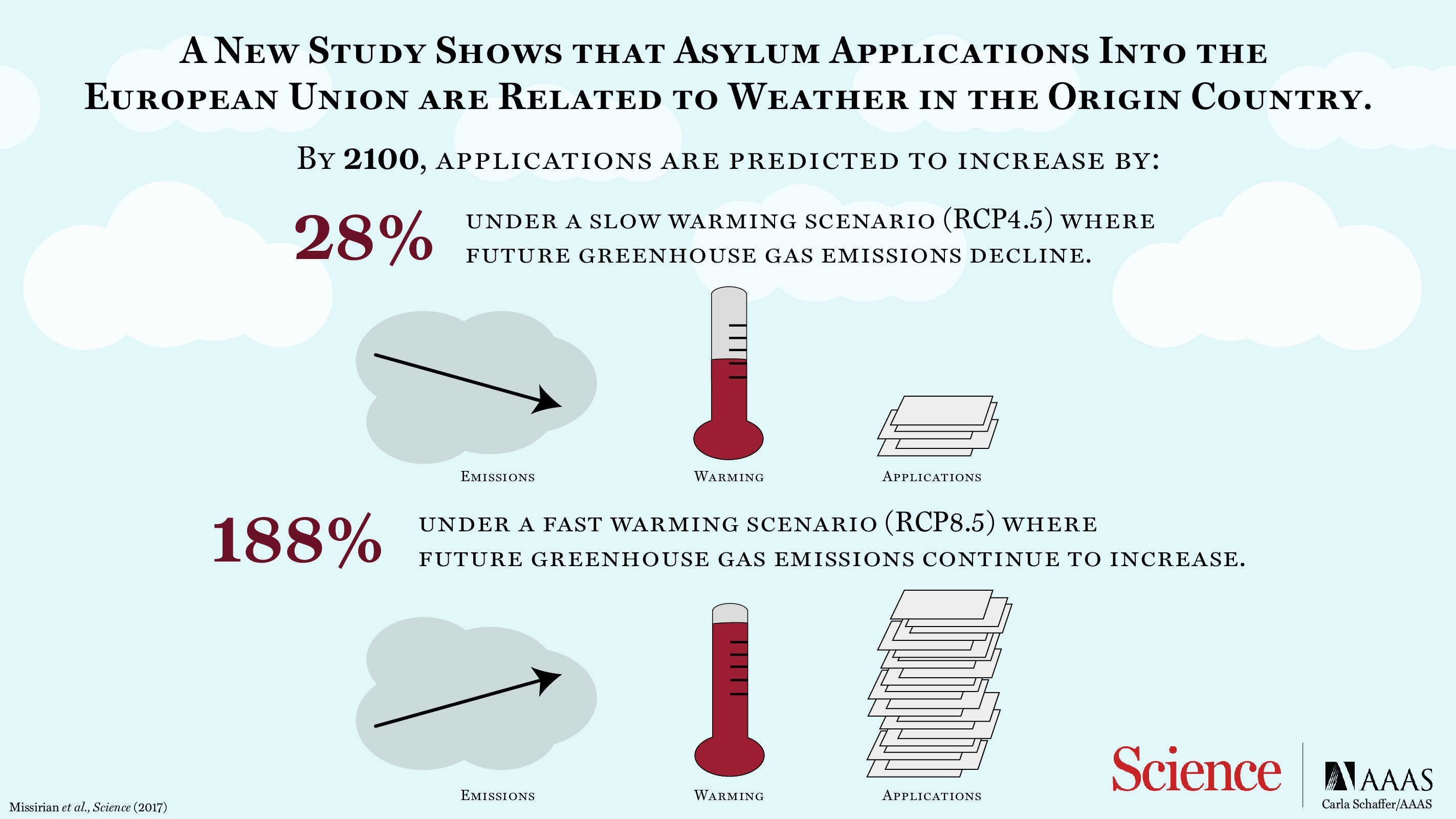
As the climate of the Earth is getting warming, refugee flows are expected to increase.
Researchers have now attempted to forecast how much the number of asylum applications to the EU may increase in a longer perspective.
It is important to try to understand how the flow of refugees is affected by a warmer climate. Now scientists present their forecast in the journal Science.
They have studied how extreme weather has affected the number of asylum applications in the EU and seen that extreme weather results in more refugees. Climate change affects agriculture and access to water. It is also a proximity factor to conflict and war.
“Previous studies have found a relationship between weather variations and migration, but ours is the first to focus on distress-driven migration (as measured by asylum applications) on a global scale,”
– The report says.
The research predicts that migrants applying for asylum in the European Union could nearly triple over the average of the last 15 years by 2100 if carbon emissions continue on their current path.
Between 2000 and 2014, the EU received about 350,000 asylum applications per year. The researchers have calculated different scenarios. In a scenario where climate change is slower, asylum applications can increase by 28 percent. In the more severe scenario, the number of refugees could increase by 188 percent.
But Wolfram Schenker, one of the authors of the study, emphasizes that the actual increase of asylum applications to the EU in recent years has been greater than their worst future scenario.
“At the same time, the number of asylum applications has increased dramatically since 2014 to around 1.5 million per year, which means that the worst scenario is still at a lower level compared with the peak we are seeing now,”
– Wolfram Schenker, studying climate change and economics at Columbia University.
The research adds to a growing body of evidence that weather shocks can destabilize societies, stoke conflict and force people to flee their home countries. In a widely-cited 2011 study in Nature, a team of researchers led by Solomon Hsiang, then a graduate student at SIPA, linked modern El Niño drought cycles to increased violence and war globally.
Reference:
Anouch Missirian1, Wolfram Schlenker Asylum applications respond to temperature fluctuations DOI: 10.1126/science.aao0432

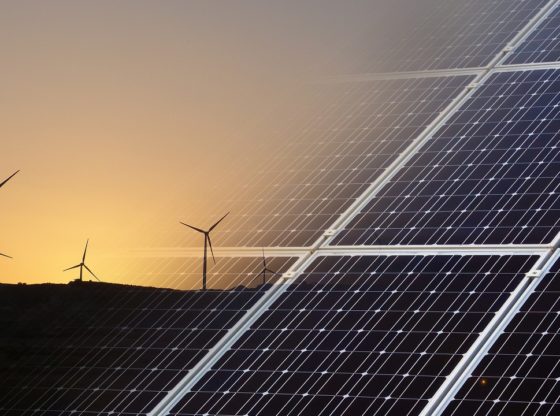

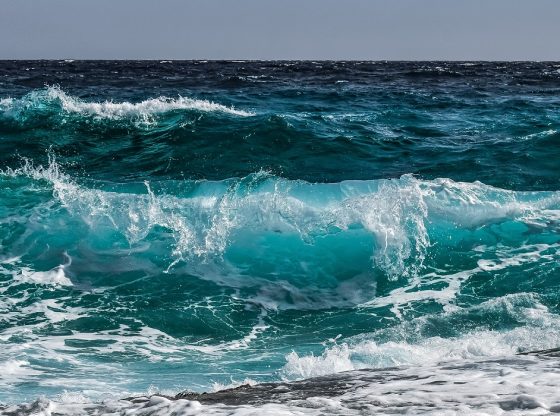
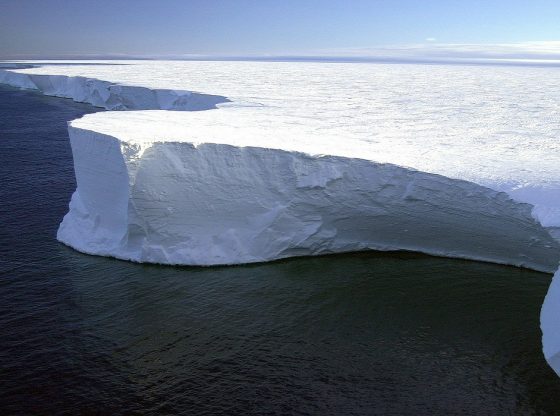
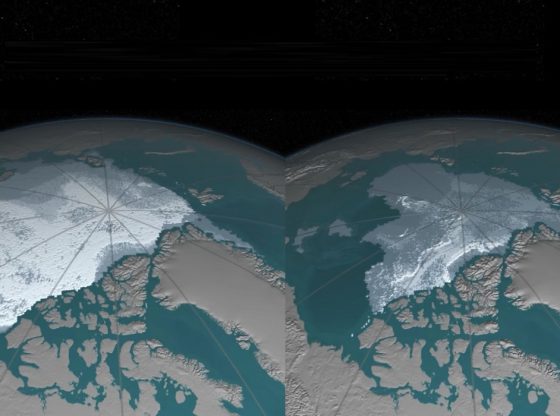
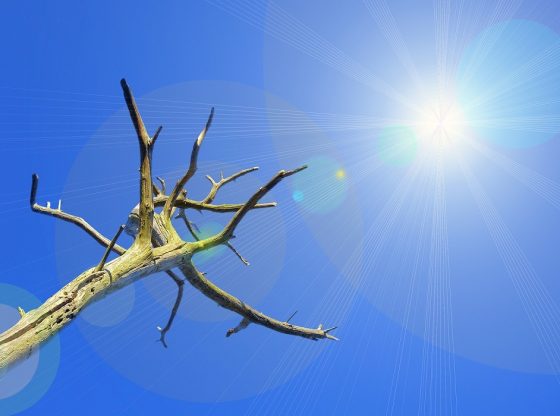
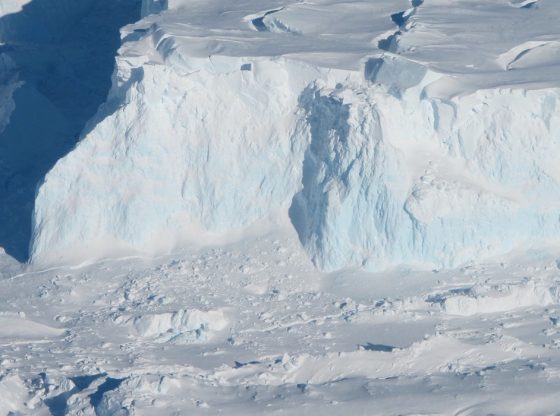
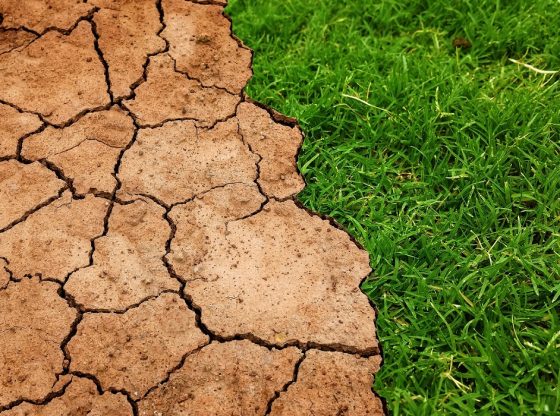
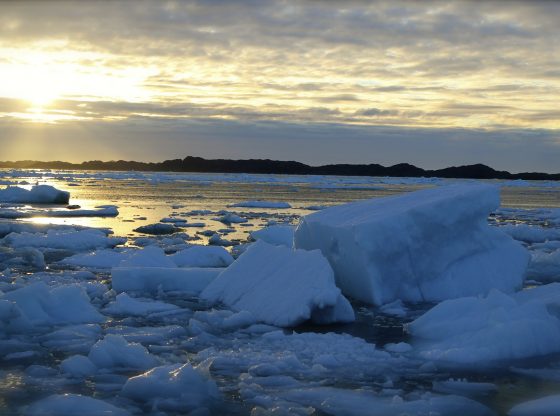

![OpenAI. (2025). ChatGPT [Large language model]. https://chatgpt.com](https://www.illustratedcuriosity.com/files/media/55136/b1b0b614-5b72-486c-901d-ff244549d67a-350x260.webp)
![OpenAI. (2025). ChatGPT [Large language model]. https://chatgpt.com](https://www.illustratedcuriosity.com/files/media/55124/79bc18fa-f616-4951-856f-cc724ad5d497-350x260.webp)
![OpenAI. (2025). ChatGPT [Large language model]. https://chatgpt.com](https://www.illustratedcuriosity.com/files/media/55099/2638a982-b4de-4913-8a1c-1479df352bf3-350x260.webp)








